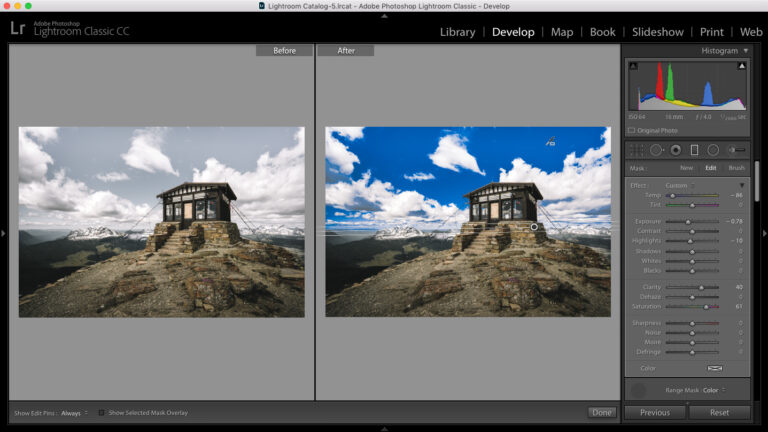

This feature is amazing, but some Android users may find that the feature isn’t supported on their phones. This sees the resulting images merged into a single Raw file for editing, which is fantastic for capturing detail in high-contrast scenes such as landscapes. Using the built-in camera provides a seamless experience within the Lightroom app and you can shoot, edit and share images in a matter of minutes.Īs well as the 'Automatic' and 'Professional' camera options, the camera also includes the ability to shoot HDR (High Dynamic Range) images. But what it does provide is all the control you need to take almost any kind of photo. The Lightroom app's built-in camera is pretty basic, regardless of whether shooting in the 'Automatic' or 'Professional' modes.

You can also share photos to the 'Discover' section of the app, which is effectively Adobe’s equivalent of Instagram with the added benefit of seeing the processing that others have applied to their images. This includes everything from capturing to editing and sharing on social media. But you also get a 'Professional' camera, which we'll be covering in this guide, where you can take manual control over all camera settings except aperture. This one-stop solution features a basic 'Automatic' camera, where you can simply point-and-shoot with control over exposure compensation. So what exactly is the Lightroom app? Formally known as Lightroom Mobile, it's essentially a smartphone and tablet version of Lightroom CC that incorporates a camera into the app, alongside the ability to edit your images and share them.


 0 kommentar(er)
0 kommentar(er)
